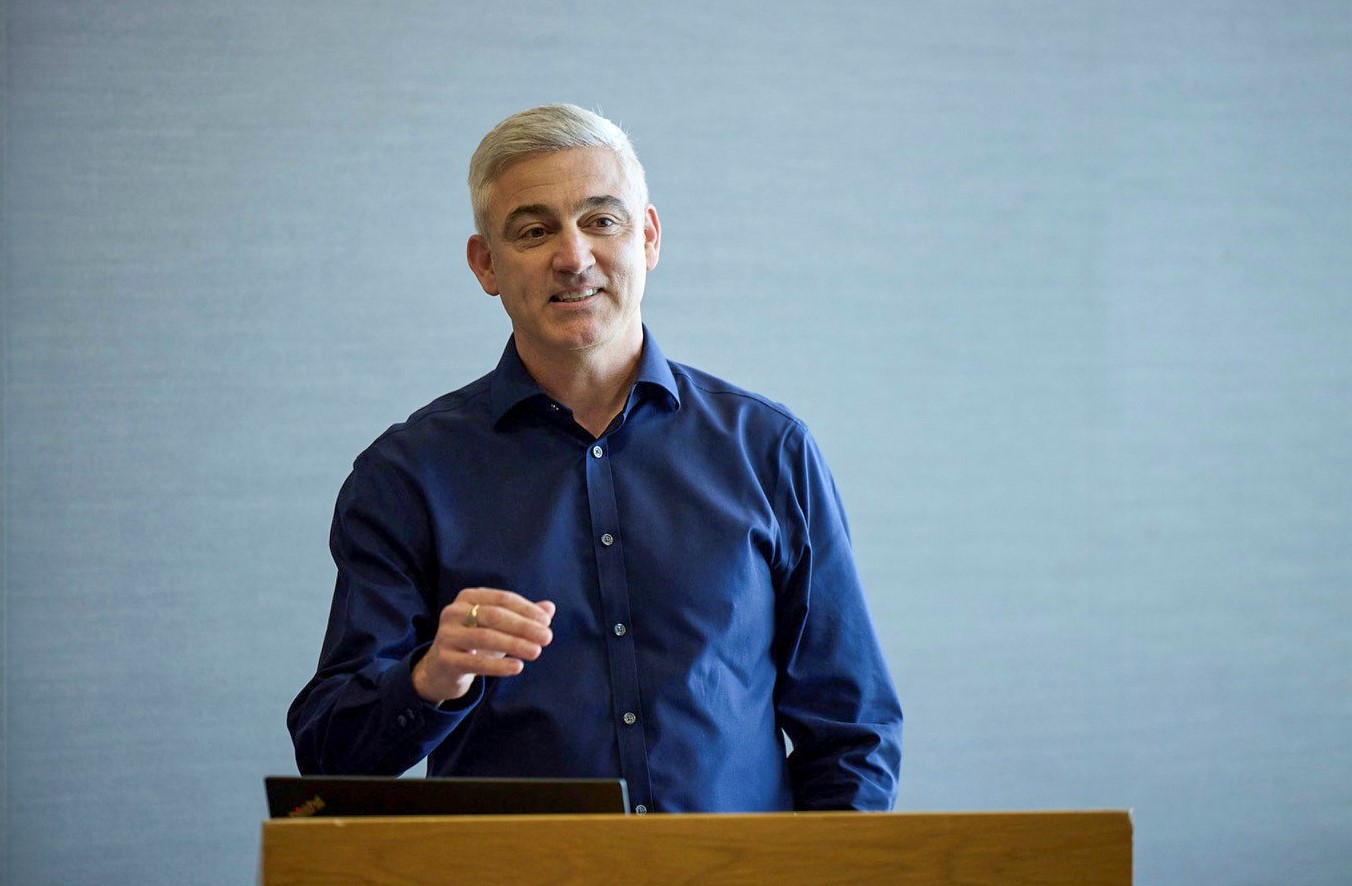Driving Change in the Protection Industry: A Conversation with Alisa Wallington and Nick Jones on the Evolution and Future of Protection Portals
For over a decade, Alisa has played a pivotal role in shaping iPipeline’s protection portals, significantly influencing how advisers interact with these tools. In this conversation, Alisa shares her insights into the evolution of portals, their future within the industry, and the impact of technology on the advice process, both today and tomorrow.
Nick: Alisa, you’ve been leading the development of iPipeline portals for more than 10 years. How have you seen the role of protection portals change during that time?
Alisa: When I started, Assureweb was our primary portal, and the market was still relatively static, with portals used purely for price comparison.
The introduction of SolutionBuilder really changed the game. We allowed advisers to gain a deeper understanding of the protection options available to them, especially with the introduction of multi-benefit and menu plan comparison tools. This revolutionised how protection conversations were undertaken, speeding up the quote process and improving user experience. Now, with more user-friendly interfaces, features like sliders and matrix quoting make it easier to not only compare but also to understand the full range of options but make the overall protection journey more accessible and faster for advisers.
Nick: Would you say that we have shifted the comparison process beyond just price?
Alisa: Absolutely. While price is still a dominant factor, we’ve seen the growing importance of added value and quality. Over the years, we’ve integrated with experts like FTRC and CI Expert to allow advisers to incorporate quality alongside price when comparing products. We also wanted to give advisers the choice over what they wanted to use. This has added significant value to the process, enabling advisers to recommend policies that are not only affordable but also offer the right benefits to clients.
Nick: From a customer perspective, do you think this approach has benefited the end advice given? And has it made advisers more efficient?
Alisa: Yes, it’s definitely made advisers more efficient. By using the tools that integrate fact-finding, needs analysis, and quality comparison, advisers can make faster and more informed decisions. This means they’re not just selling a product based on price, but matching policies that meet the specific needs of their clients. For example, after COVID, features like mental health support or access to GPs became more important to many clients. Educating both advisers and clients about these benefits has helped to make the protection product more valuable and less likely to be cancelled.
Nick: The protection market hasn’t grown as expected over the years. What role do you think portals and product-sourcing technology can play in driving future growth?
Alisa: At iPipeline, we’ve seen growth in intermediated business, and I think portals and product-sourcing technologies have played a big role in that. They’ve made the process more efficient, especially with tools like SolutionBuilder. Our focus is on streamlining the selling process and providing advisers with better insights into how products differ. The ability to easily compare products, including their quality aspects, can help drive growth in the protection market.
Nick: How would you respond to the argument that portals stifle innovation in the market?
Alisa: I don’t think portals stifle innovation. In fact, they can foster innovation by providing a platform to showcase different products. The main challenge I see is regulation. Compliance requirements are becoming more stringent, which can limit innovation. Portals like SolutionBuilder can however support innovation by giving providers a “shop window” to present their unique products and features. Technology allows us to compare products more effectively, even when their features differ, so innovation is still possible.
I’d love to see portals evolve to offer even more personalised experiences, allowing advisers to tailor their searches based on the specific needs of their clients.
Nick: What’s your prediction for the future of protection portals? How do you think they’ll evolve to meet the changing demands of advisers?
Alisa: Personalisation will be key. I see portals evolving to offer a more bespoke journey depending on the adviser’s needs. For example, a mortgage broker might want to look at certain types of products or quality features, while a call centre might need a quicker, price-focused process. We also see the potential of AI in enhancing portals, whether it’s using chatbots to navigate post-sale documents or allowing advisers to filter products based on very specific criteria, such as rental benefits or self-employed coverage.
Nick: Do you think technology can also help target underserved customer groups and drive engagement, not just efficiency?
Alisa: Engagement is critical. Technology can help advisers identify and target underserved markets, but it’s equally important to ensure these customers are engaged in the process. For example, renters and self-employed individuals are often overlooked in protection, but with the right education and tools, advisers can help them understand their options. Regular reviews and follow-ups are essential to keep clients informed and engaged, ensuring their protection coverage evolves with their changing needs.
Nick: Finally, what advice would you give to aspiring product directors and managers in the protection market?
Alisa: My advice would be to always start with understanding your users. Never underestimate the value of feedback and ideation. Get out there and listen to their challenges and needs. Too often, our market operates from the inside out rather than the outside in.
By understanding what your users need, you’ll be able to build solutions that are more effective and valuable. Collaboration is essential. Whether it’s working with partners or your internal team, ensure you have a strong network around you. And lastly, always focus on processes. By having clear structures in place, you can ensure the delivery of successful products.
Nick: Thank you so much for your time, Alisa. This has been incredibly insightful.
Alisa: Thank you, Nick. It’s been a pleasure.

























